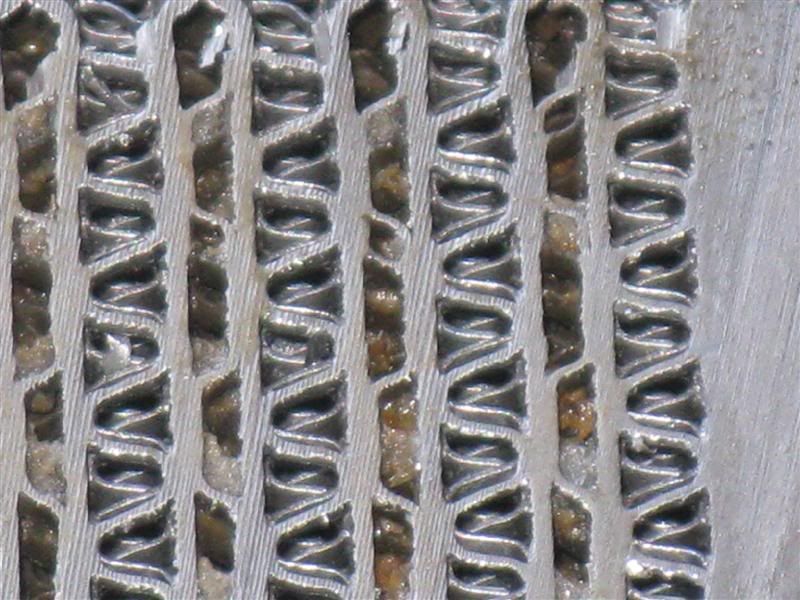Originally Posted By: 440Magnum
Originally Posted By: doitmyself
There are references to NOT use G05 in pre '99 Ford powerstrokes. TSB's say to reduce the G05 change interval to 1/2 of Zerex's recommendation AND that a supplemental SCA might also be used. Everyone admits that in THIS particular application, G05 is not up to the task and Ford screwed the pooch. I disagree with 440Magnum just a bit...while G05 CAN be used in diesels, it is not as good (SCA, etc.) as a dedicated heavy duty diesel coolant (the old JD formula was tweaked a bit, IMO).
We don't actually disagree. I would never say that Zerex/Ford/Mopar G-05 is a general-purpose Diesel engine coolant. But it does carry some diesel engine approvals that, for example, DexCool doesn't. The enabling factor for those approval appears to be the nitrites. Wet-liner diesels (which pickup truck diesels are generally not) have to have very high levels of cavitation inhibitor, and nitrites are among the best for that purpose. That's whats in most SCA packages. Nitrites or other cavitation inhibitors also can have some benefits in some gasoline engines where localized boiling and cavitation can occur.
Granted, Nitrites are being displaced (slowly), but that's no reason to jump to an unapproved "universal" coolant that may contain much more destructive chemicals like 2EHA, or lack necessary protectants for multi-metal cooling systems. The combination of inhibitors (organic acids plus silicates plus nitrites etc.) is PRECISELY what makes HOATs like G-05 so good for retrofit to older engines, IMO. If one inihibitor doesn't protect a particular material well, then another one will. This is also why Ford, Chrysler, Daimler-Benz, and others had absolutely no issues deploying HOAT coolants across their whole product line (from new engine designs like the 4.7/3.7L family to engines that were nearing end-of-production like the Jeep 4.0). By contrast GM had horrific problems with DexCool even though they tried to cover the bases. A water pump impeller that goes away in this engine line, a lower intake manifold gaskets that rot in this engine line, etc. lead up to a lot of unhappy customers.
All diesel engines need cavitation protection, some more than others, whether wet or dry sleeved. The 7.3 Powerstroke, for instance, was an engine design that you couldn't allow the antifreeze add-pack to deplete. The cause, briefly, is form tiny bubbles forming within the coolant passages due to flex in the block. If left unprotected eventually these tiny implosions will eat a "worm hole" in the block. Most times when someone flushes a diesel cooling system and find what they believe is casting sand is really the result of these implosions, tiny pieces of cast iron looking like sand.
As far as the old Deere Coolgard vs. the new Coolgard II according to Deere's info one of the reasons for the change was for the coolant to be more compatitable with higher engine/egr temps due to the farm/marine industry having to comply with epa regs. I am using, have used, Coolgard, Coolgard II in two different 6.0's Powerstrokes among several other diesel and gas applications with zero issues. The original Coolgard was not the same as G0-5, it was a heavy-duty diesel coolant good for 5 years/5000hrs of service. The Coolgard II has a 6 year/6000hrs.service life.
I have never heard of this formula attacking heater cores, diesel engines have heater cores also, along with oil coolers, heat exchangers(marine), and a host of dissimilar metals in the cooling system. The one disadvantage of using a ELC coolant in a system not designed for it originally is that it takes approx. 5,000 mi. for the coolant to adequately protect the system, with a HOAT, TRI-HOAT (low silicate) coolant protection happens immediately

